Sam Thies
Photo by Cieran Murphy.
ancient tribes, modern times…
STORYTELLER Sam Thies (film maker & photographer) | destination Oro Province, Papua New Guinea | project Village of Paradise
'behind the scenes' colour images contributed by Cieran Murphy | kodak brownie archives by (and attributed in memory to) Fred Thies ('PA')
Village of Paradise is a photographic journey through the remote
villages of Oro Province, Papua New Guinea, to discover a vibrant ancient culture still existing in modern times.
Australian filmmaker and photographer, Sam Thies was invited to join this project team. together, they ventured along wild coastline carrying sophisticated equipment in cut-out canoes and trekked through jungles to reach each village with their portable studio. Sam shares beautiful insights from this unique, cultural travel venture.
Wow! ’Village of Paradise’ is your photographic journal through remote villages in the Oro Province in Papua New Guinea (PNG), where you explored to connect with the sacred existence of an ancient culture still surviving in modern times. Please tell us about this extraordinary project.
Earlier in my photography career I stumbled across a coffee-table book called Man As Art, by British photographer Malcom Kirk. This book is an incredible documentation of PNG tribesmen in the ‘70s.
Inspired by this pioneering authored project, as well as the adventure that my grandfather, Fred Thies (‘pa’) experienced in the 1940s, I was compelled to form my own account of Oro Province, in contemporary times. So when the planets aligned, to take a small production crew to the Northern Province on the main island of PNG, I jumped at the chance!
Envelope collection of archive images that 'pa' took with his Kodak Box Brownie; Oro Province, PNG.
Remote PNG is often considered unchartered, unsafe and unknown to even the savviest of travellers. How did your connection to this unspoilt part of the world begin? What inspired your initial visit?
To me, PNG is the last frontier and at its closest border, sits only 150 kilometres north of Australia’s coastline. PNG is a place where time has shaped life unlike anywhere else. It is a country so close yet so exotically distant, with centuries-old traditions still in existence over modern evolution, that combine to create a living museum. Prior to visiting, PNG was a cultural fascination that I had only read about in books, or seen in photographs and films.
…
I owe much of this project and storytelling to my late and ‘pa’…
Like many men of his generation, going to war wasn’t about patriotism or heroics, rather for a lifetime adventure. A way to escape ordinary life and set out with mates to experience new cultures and see new lands.
At the age of 90 my ‘pa’ chose to share his stories of the war with me. He was also a keen photographer and took his Kodak Box Brownie with him. During our chats ‘pa’ gave me an old envelope labelled Early RAAF and inside was a collection of his photos from PNG during the war. But the images were not aerials of Japanese fleets or downed aircraft, or mess halls, sleeping quarters or candid moments with off-duty officers. There was nothing to resemble the fierce battle he lived through. He did have those images too, but the images he saved in this envelope for me were peaceful.
In his spare time while stationed at PNG, ‘pa’ would venture from village to village with his Box Brownie. He was eager to learn more about his foreign neighbours and took a series of portraits of tribesmen and women in traditional dress. He photographed young women harvesting crops or tending to the village pig. Children were fascinated by his camera. ‘Pa’ observed their way of life as being simple, yet organised and harmonious. This became a very grounding experience for him on the days before heading to battle.
In 2010, I revisited this old envelope of photographs and for some reason they became more important than ever before. It made me wonder how much village life had changed, if at all. I had this great urge to find this out for myself and went on a quest to reconnect with ‘pa’s’ own experience, 75 years ago!
…
When travelling, I try not to hold too many expectations to a new place, so if any preconceived visions start to alter first impressions, I shift my thoughts to imagine what it must have felt like for my grandfather to experience on a similar navigation 75 years earlier.
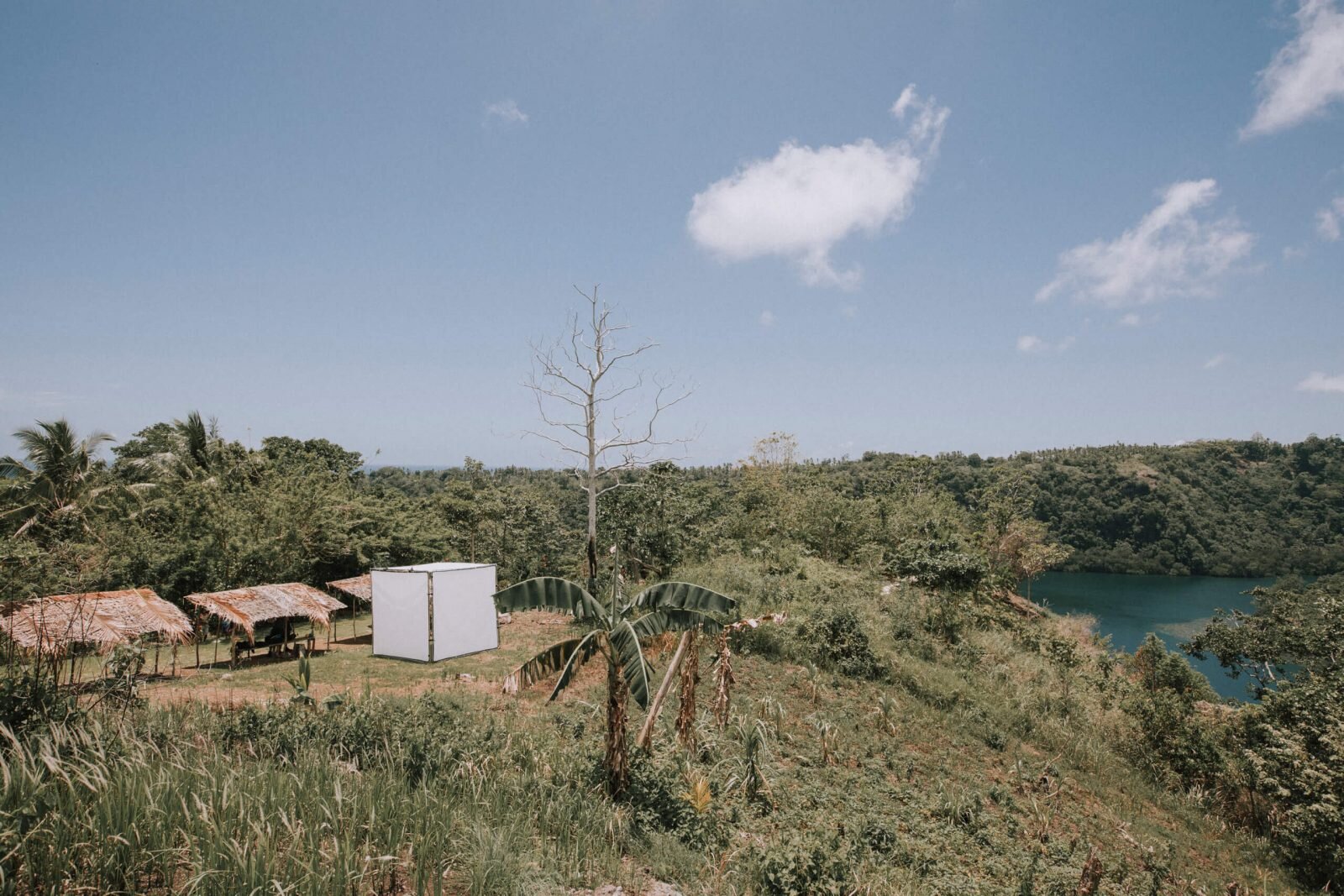
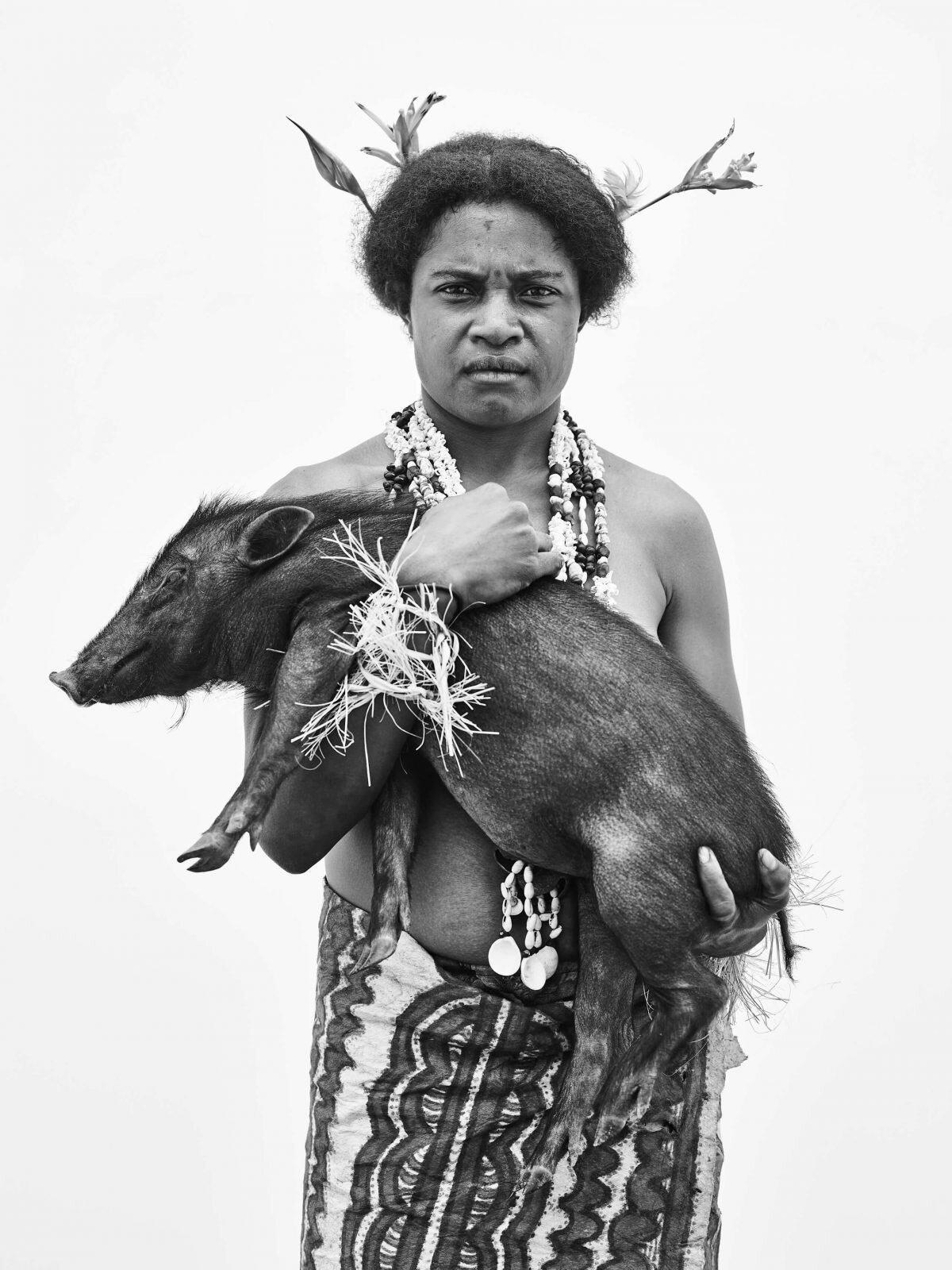
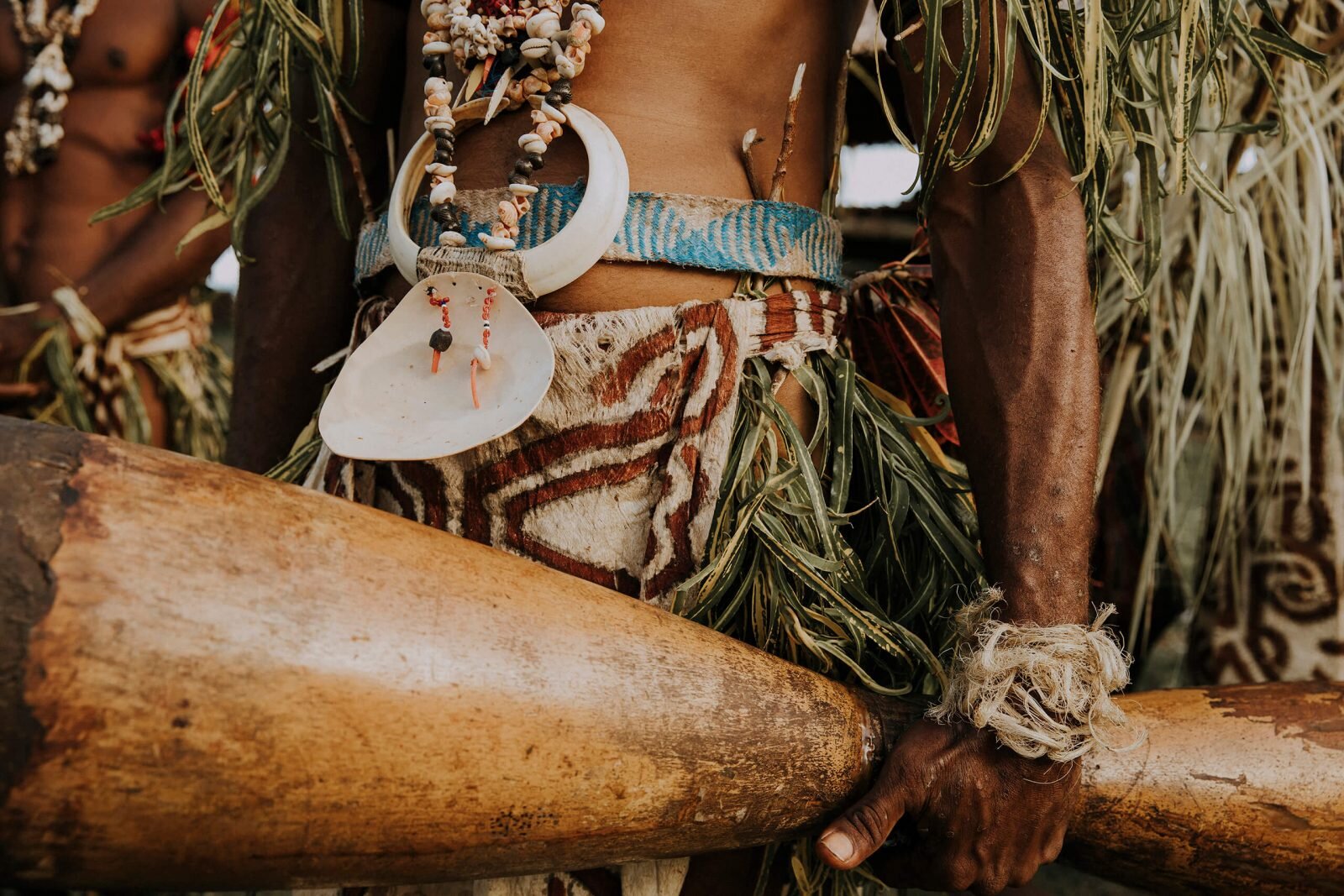
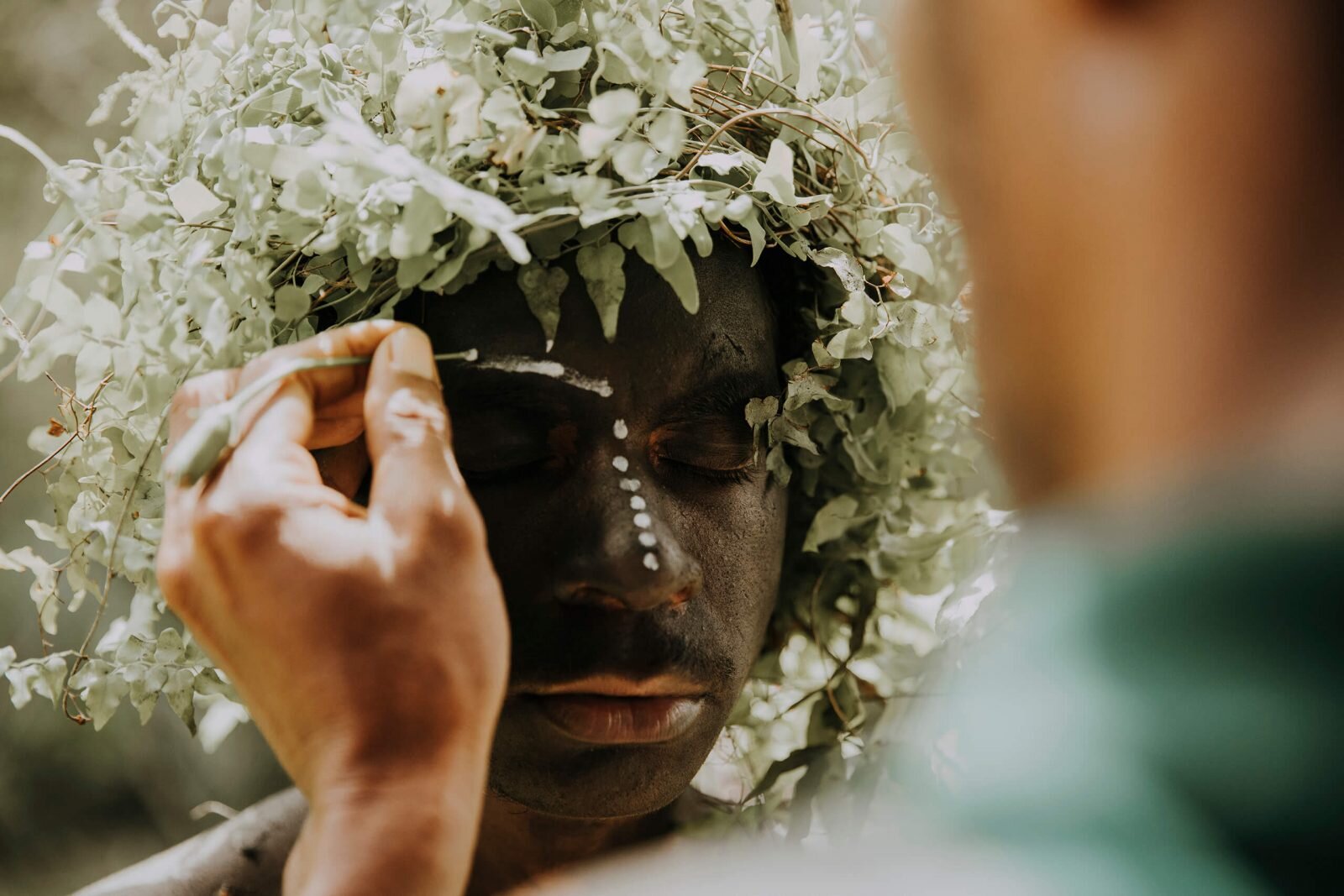
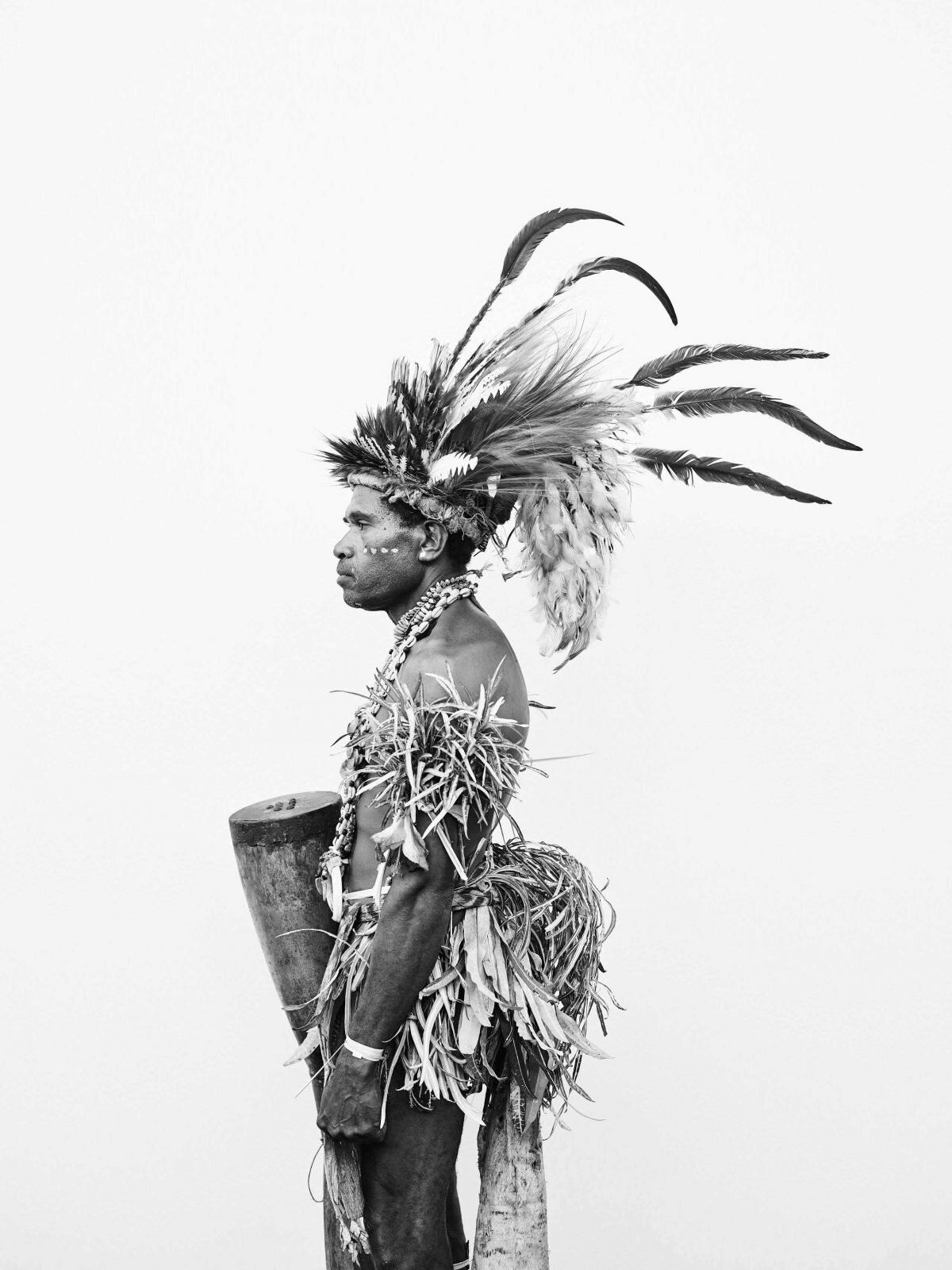
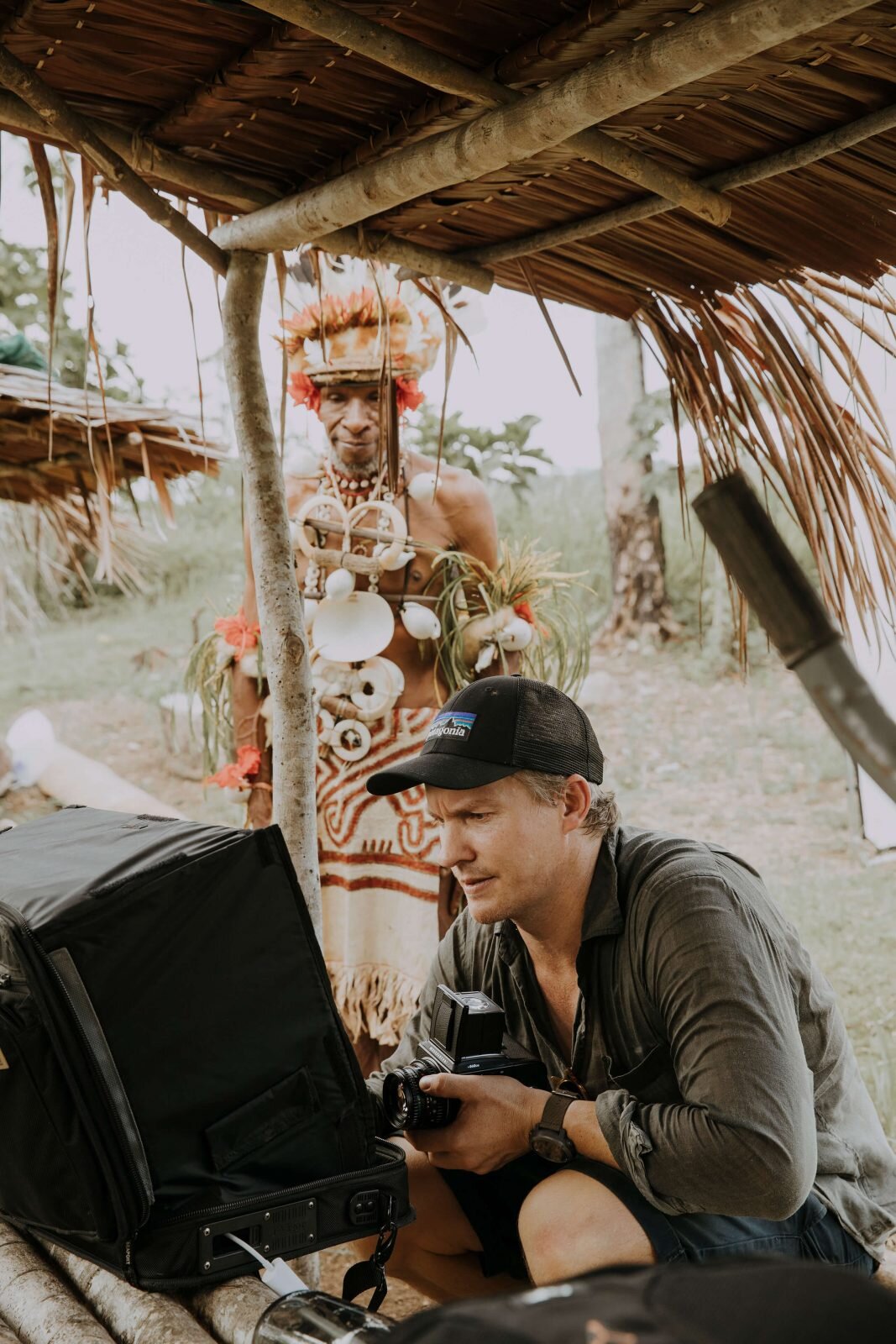
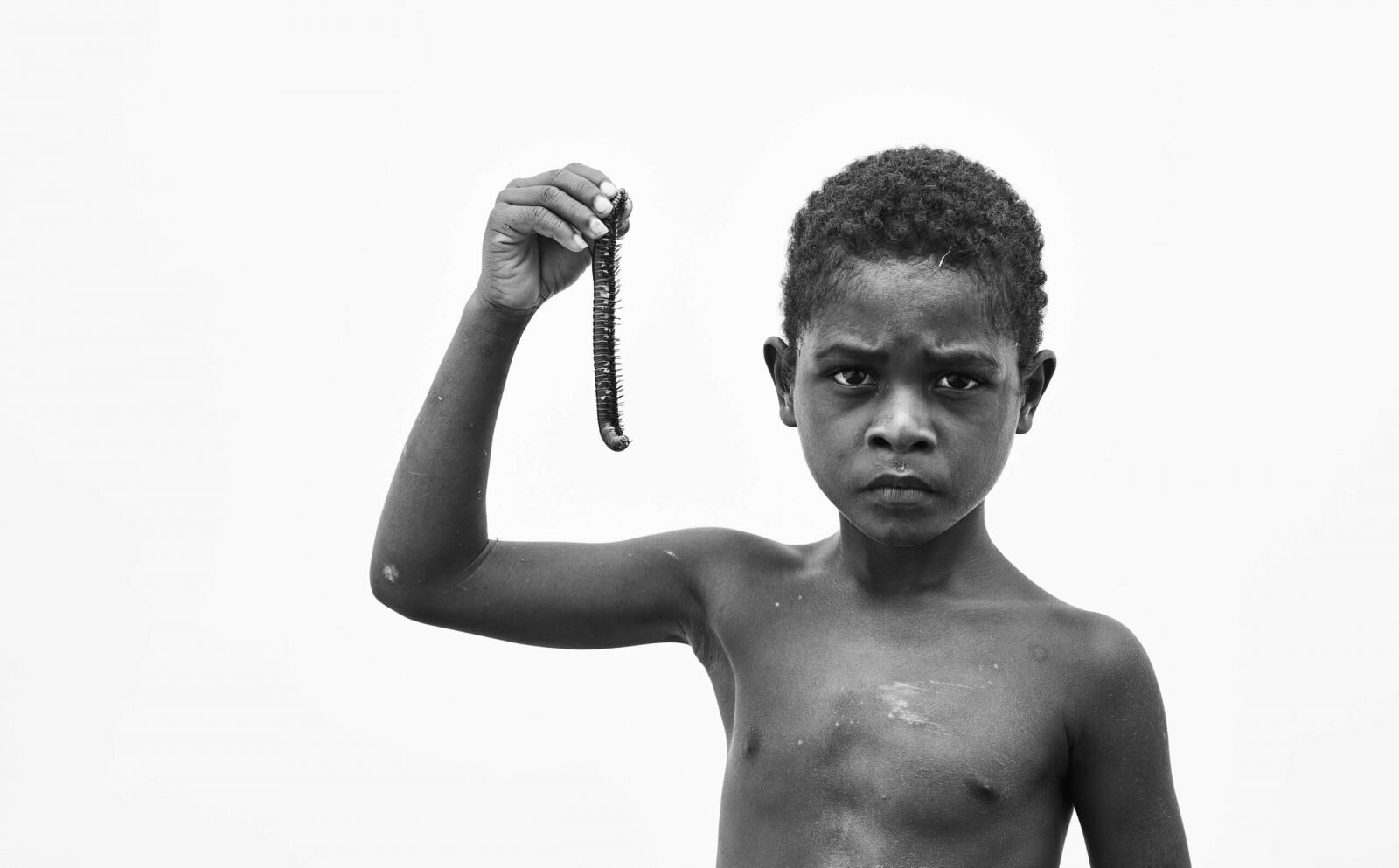
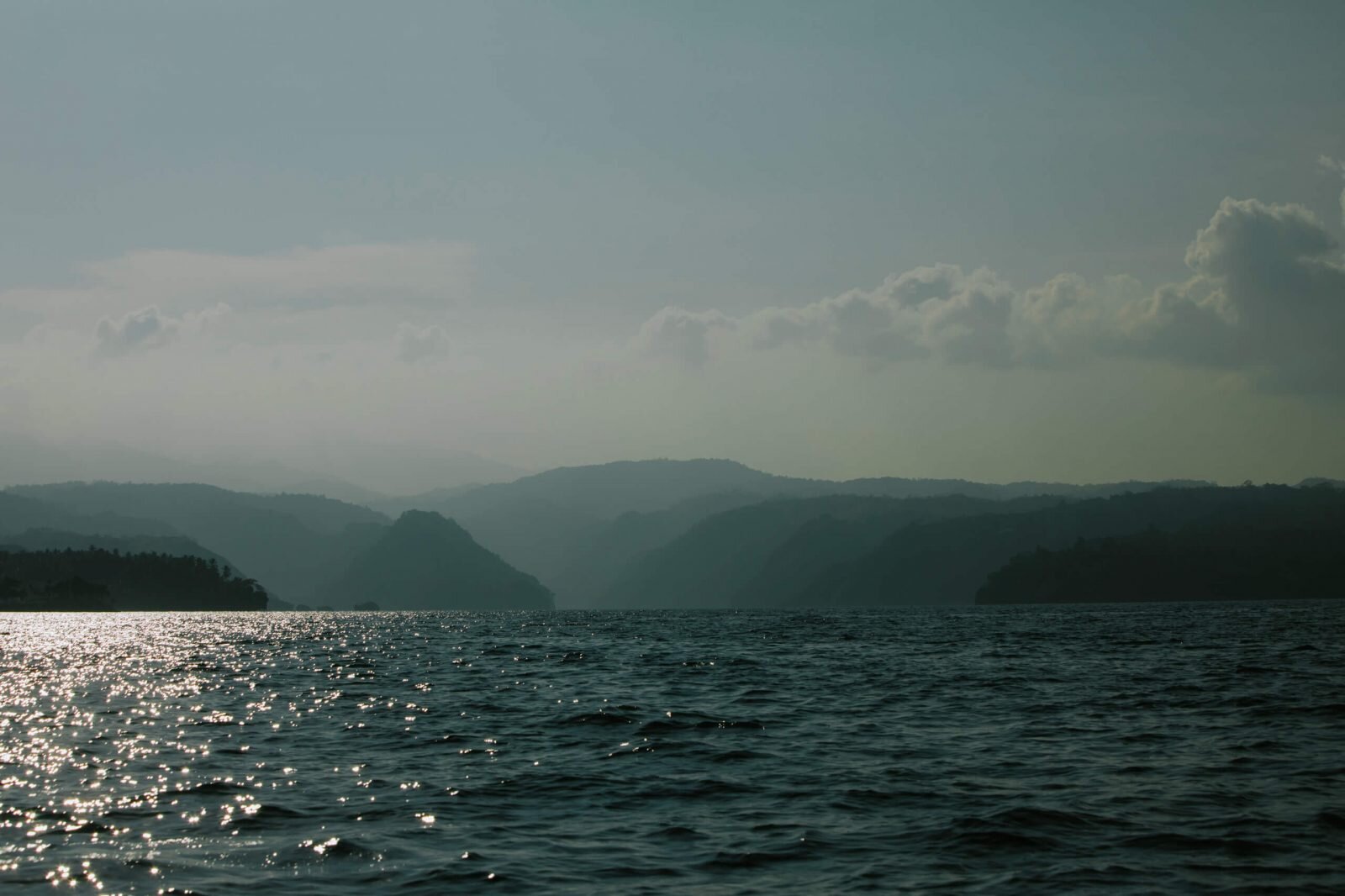
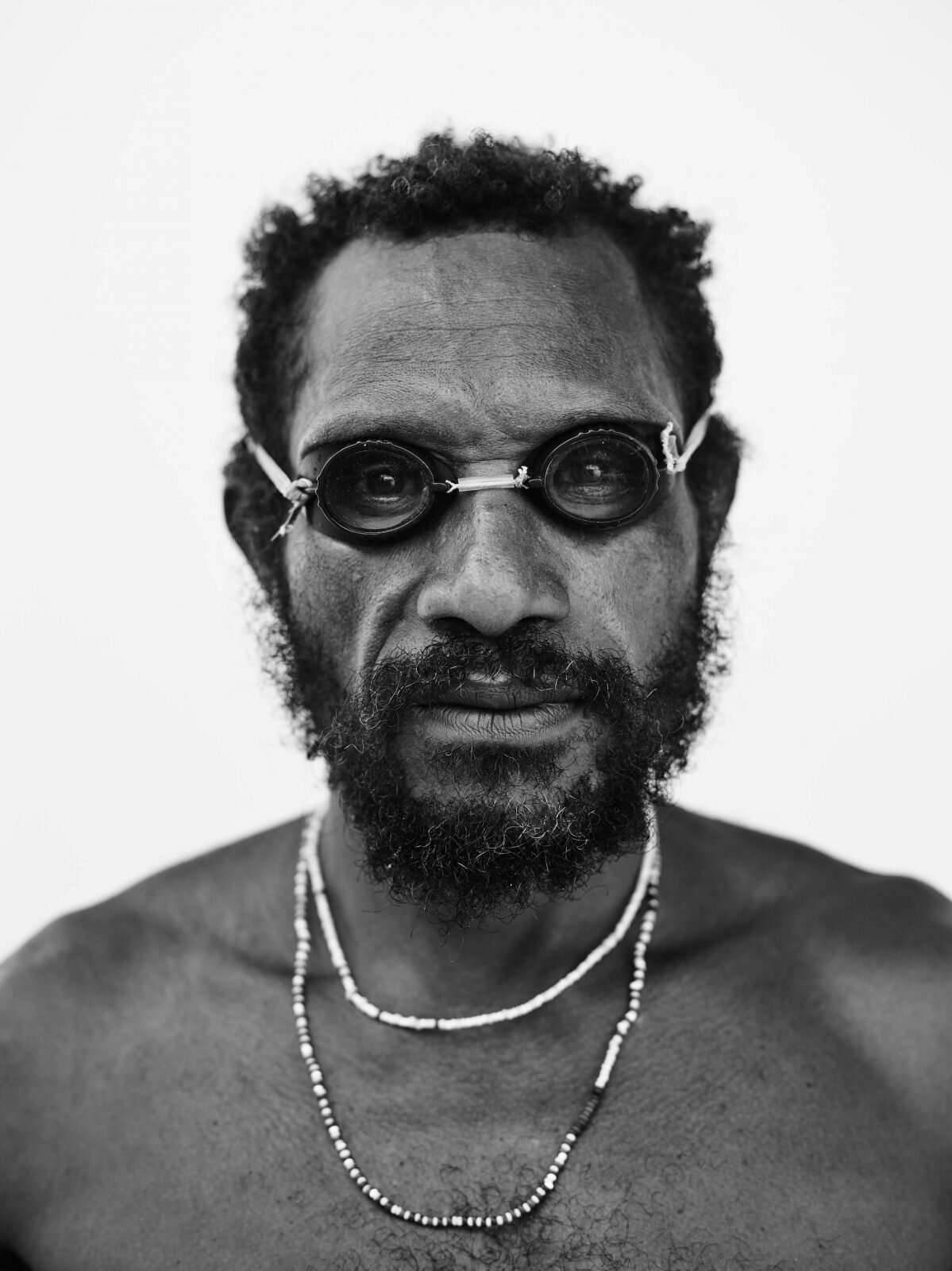
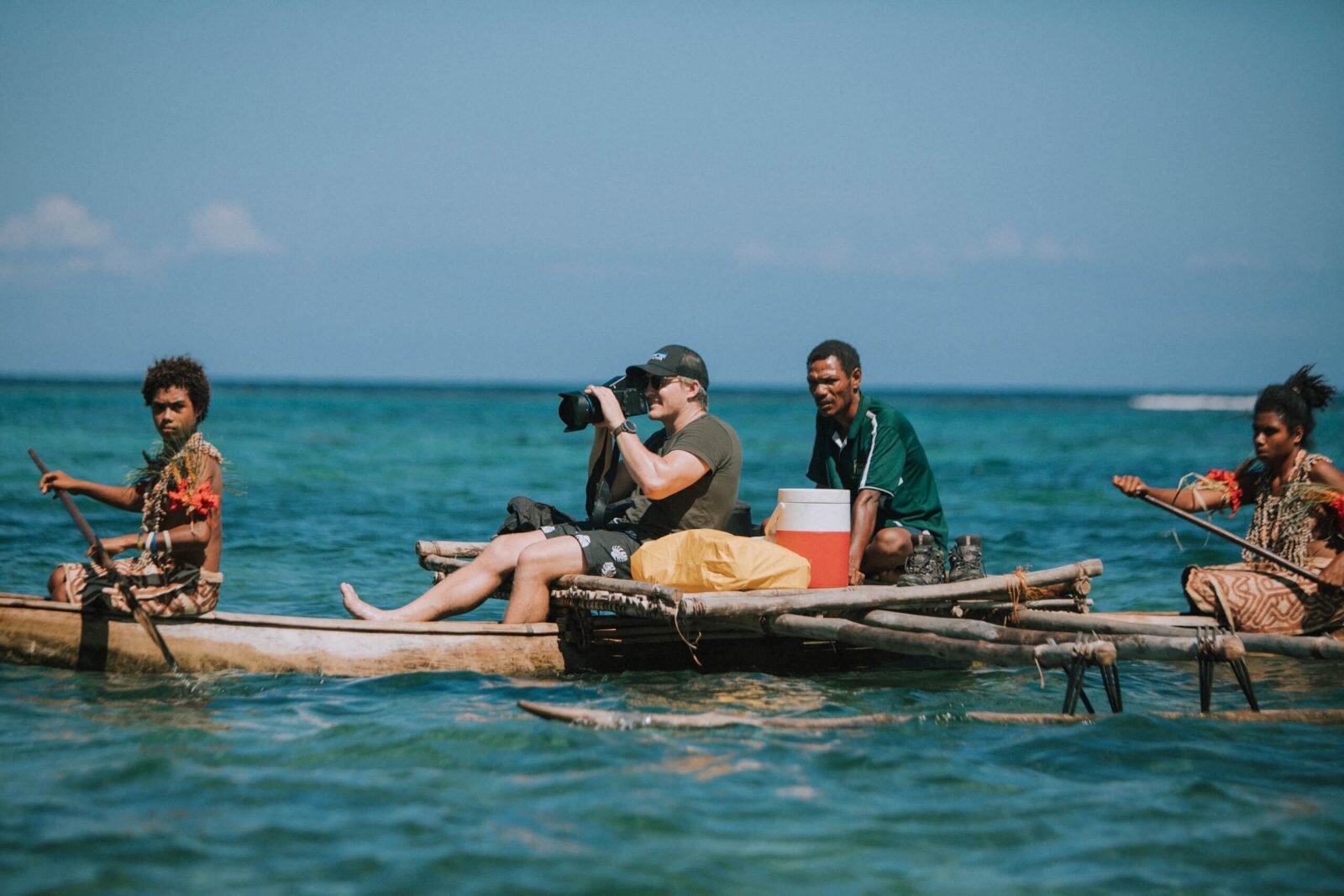
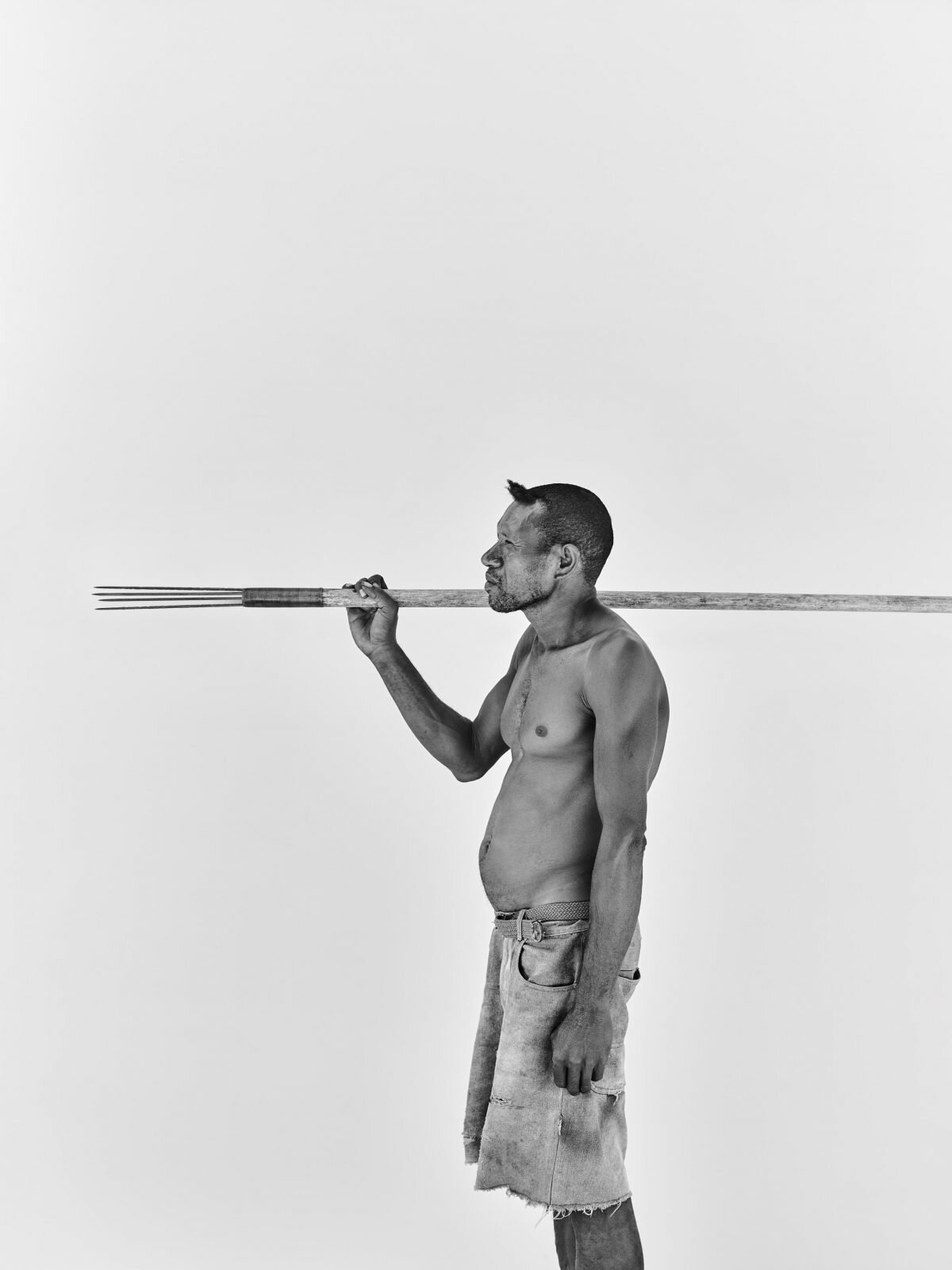
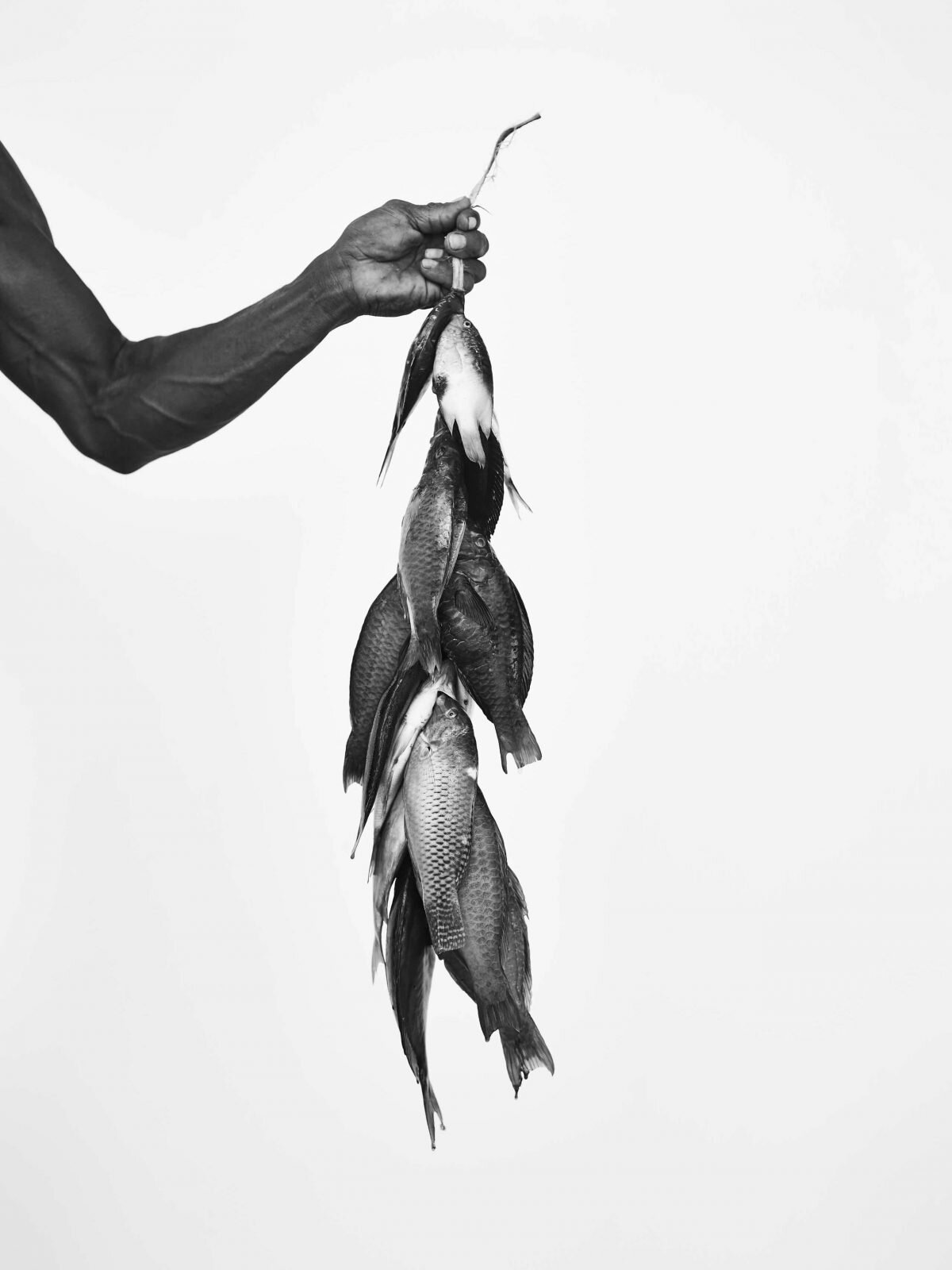
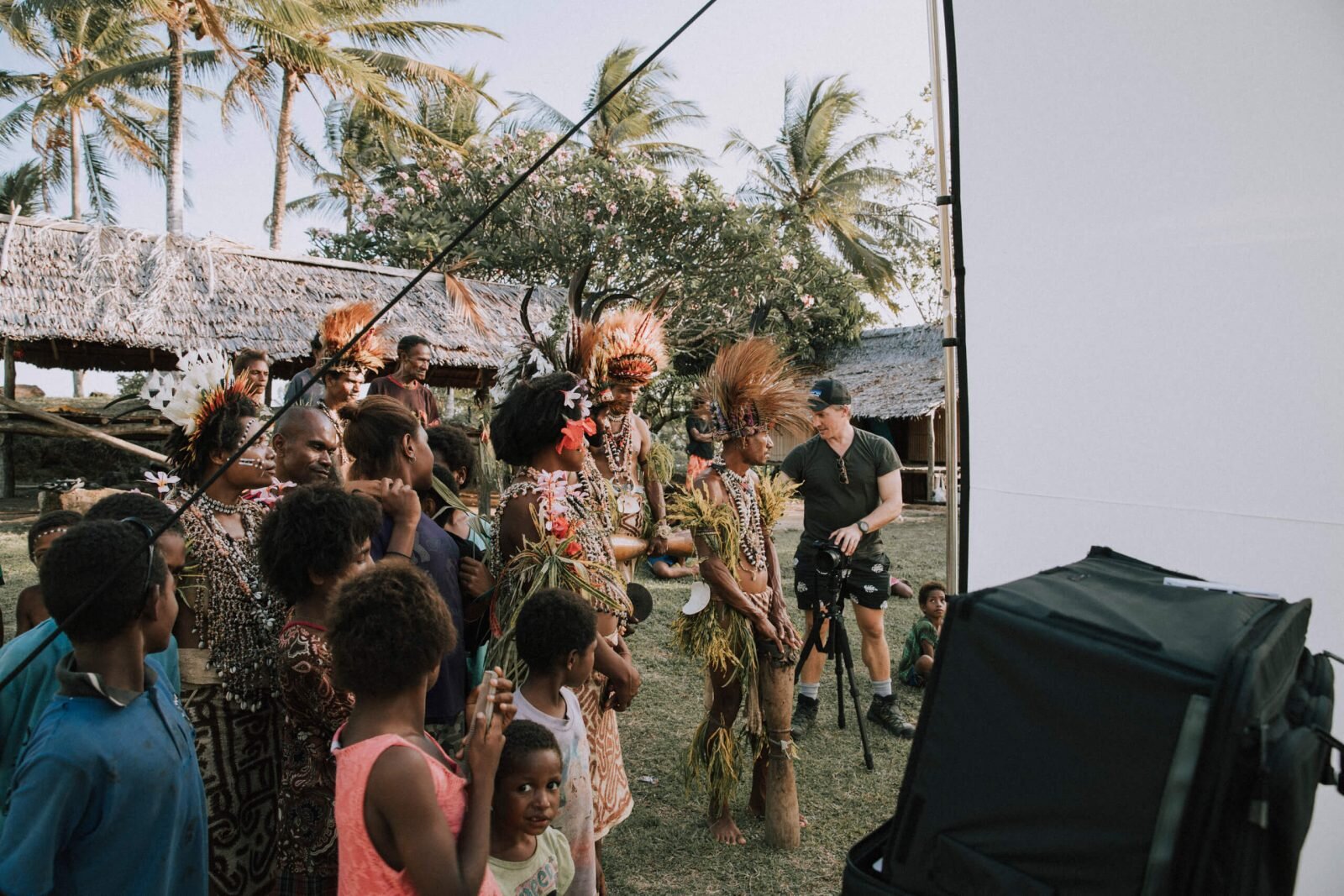
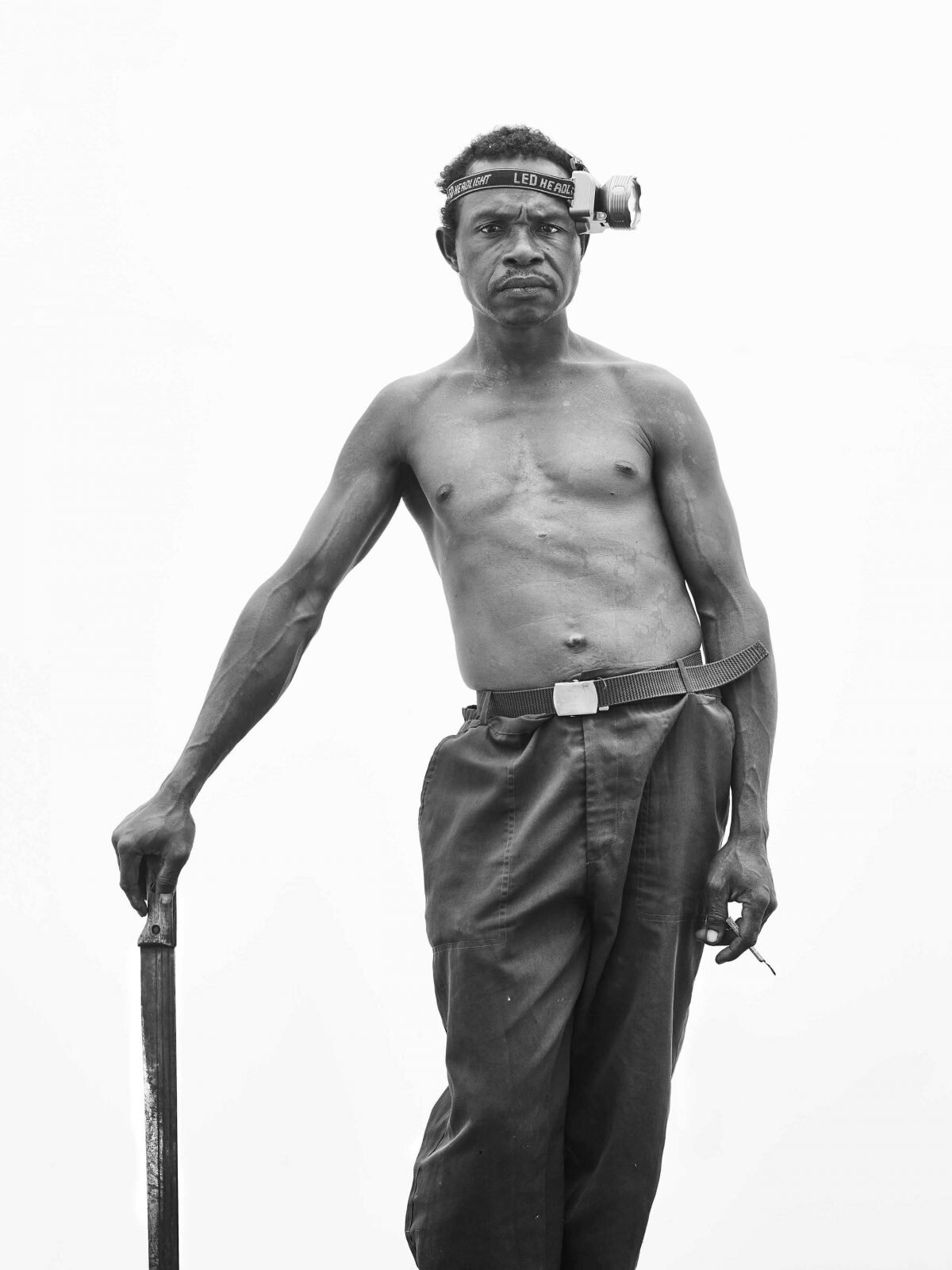
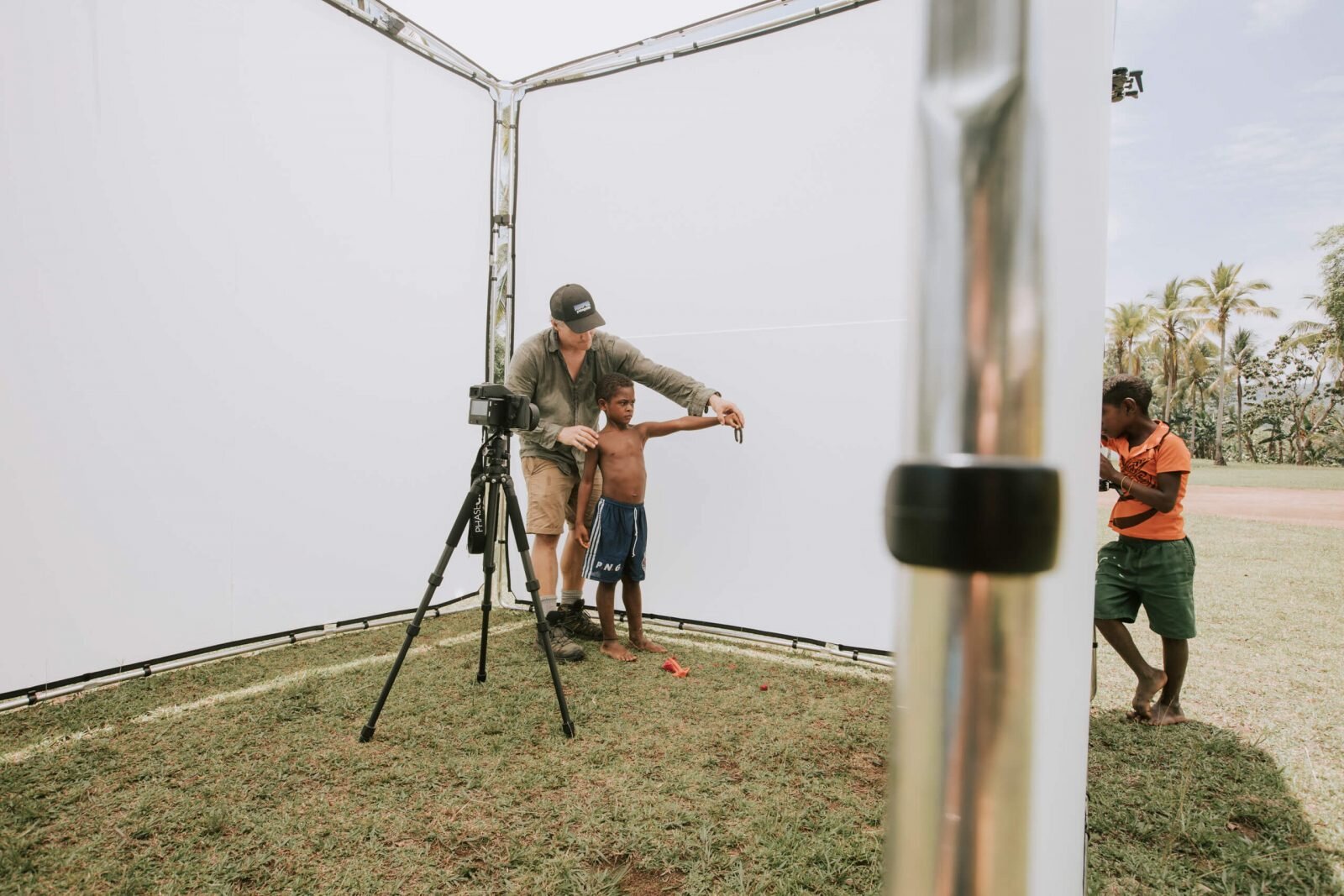
Are the Oro Province people nomadic or does each tribe remain territorial to their own region for generations? how many traditional tribes remain?
From my observation it’s pretty evident that the people of Oro Province are proudly territorial. Many of which have been preserving their tribal customs in a village based community for centuries. The villages are made up of permanent dwellings with communal spaces and private homes. On visiting this remote coastal region, we were really taken by the local craftsmanship and architectural designs of their traditional housing.
Please share a little about traditional life in remote PNG?
We were welcomed at each village with a customary challenge. Tribesmen charged us with spears and intimidating screams. Then asked if we were friends or enemies. Once we confirmed that we came in peace we were treated like royalty. We ate local staples, like baked bananas, sweet potatoes, fish and rice. Many locals chew betel nuts which are a highly addictive stimulant, but we passed on their offers.
Village pigs are the highly prized commodity. In fact for centuries, pigs represent the main form of currency between tribes.
Your photographs capture with depth this ancient curiosity that can only be reached by immersing fully into the local way of life. Please share your most endearing and also most uneasy moments.
There are a few. From the first day to our last moments on the island, our local guide’s young son, Lesley Jr. shadowed us to every village that his parents would allow. Everywhere we turned, Lesley Jr was on our heels, offering to carry our gear while observing our every move. I just had to photograph him and wanted to make his portrait special, so when I spotted a giant millipede curled up on the track, I gestured to Lesley Jr to collect it. It made a perfect prop. What little boys don’t love giant insects? However, his reaction wasn’t at all what I expected. He just looked at me with great concern. I thought it was a communication break down so I picked up the millipede and showed him the pose I was hoping he would adopt. Lesley Jr still hesitated but with his eagerness to be a part of production, he reluctantly held it with great care. The fierceness in his eyes in line with the scale of this millipede created a powerful portrait.
So excited about this shot, I showed our guide, whom revealed why Lesley Jr was so reluctant to handle this creature. The giant millipede excretes a toxic liquid that causes a brownish pigmentation or burn when it comes into contact with the skin. No wonder Lesley Jr tossed the millipede and washed his hand swiftly afterwards!
Apart from short runs in a troop carrier from our base to the local villages nearby, our main method of transport was via canoe or hiking on foot. Between us, we had five photographic cameras, three video cameras, two large portable studio bags, three tripods and some personal belongings to carry. Watching all of that equipment floating only inches above the ocean as we paddled along the coast from village to village made for some pretty nerve-racking moments.
Our portable studio was packed into two large waterproof bags weighing 25 kilograms each. Too cumbersome for one person to carry we enlisted the help of four young porters from the fishing village to help transport the bags to Orotoaba village, which took us half a day to hike uphill under the searing sun. Our porters used a thick piece of bamboo to hang each bag. In pairs, they marched up that hill with the weight of our bags with the bamboo resting on their shoulders. They barely broke into a sweat. Meanwhile, we carried only about 15 kilograms of camera gear on our backs and our shirts were wringing wet only 15 minutes into the trek!
We’d met proud women parading their tattooed faces. We’d shaken hands with young men marked with rudimentary tattoos, that reminded me of the charcoal drawings found in the Altamira caves in Spain. I also noticed how the local fishing spears resembled the spears that I had seen in the hands of the Indigenous Australians of East Arnhem Land.
Another moment when hiking was while looking around at the grasslands and ahead to the highlands, I remember the air to feel so alive, with native bird calls, insects and a balmy Pacific breeze that rushed movement through the vegetation. It was one of those moments that was a feast for all the senses and a great reminder of just how far we were from our modern lifestyles back in Australia.
So many memories…
We stood eyes closed with a lizard man who magically summoned a wild lizard from the jungle with a ritualised chant. Apparently had we lifted our eyelids before his instruction, the spirits would have sent the lizards away;
There were butterflies bigger than birds and a pet Kingfisher tethered to a child like a kite;
On shore, sailors stitched together plastic bags to make ‘untraditional’ sails, yet their dugout canoes were still carved from a hollowed-out tree, a tradition practiced for centuries;
Tribal costumes were crafted and embellished with boar tusks, cuscus fur, feathers, flowers, shells, leaves and grass and kept in pristine condition. All the kids wore modern ‘pre-loved’ clothing;
We watched toddlers wielding knives and witch doctors mixing potions;
We noticed locals rolling cigarettes in newspaper and women breastfeeding the village pigs;
We were crooned by a bird-of-paradise and soothed by the snare-drum rapping of a tropical downpour on our thatched roof;
We were deafened by buzzing cicadas and energised by tribal dancers;
We observed children with betel nut-stained teeth and Cockatoos with blood-stained feathers.
This project captures many of these moments but there are still so many that remain vivid in mind.
What ancient wisdoms have you treasured into modern day life?
On the afternoon of our final day a village fisherman paddled us out in his canoe to teach us how the locals fish. Holding a wooden hand reel rigged with a flattened piece of lead, small hook and a single chicken feather as a lure I sat straddling the front of the ‘dugout’ with my feet dangling n the water and my toes close to touching the reef below. I looked around. A tame swell lapped against the canoe and a soft breeze held off the tropical heat. It was the simplest of moments, yet one of my happiest.
Basking in that idyllic moment I had time to reflect on our time in Oro Province. Since arriving in PNG, we had been exposed to so much in such a short space of time.
And an interesting cultural observation that seems so relevant today:
In a village we noted that everyone has a role. That no one has a more vital role than another. Everyone has a different role: to hunt, to gather, to harvest crops, feed livestock, heal the sick, teach the children, clean the clothes, make baskets or bowls, spears or knives. Without each other the system breaks down. One person cannot possibly cover all roles on their own. Decisions are made together but they are adjudicated by a tribal leader. There is a hierarchy that is challenged but respected. Boundaries are set, customs protected and traditions celebrated daily. Every one in the tribes have a place and a purpose. And we saw happiness and harmony from the smallest child to the wisest elder. On that visit, they had everything they needed and knew nothing of what they were missing.
How did you get to the Oro Province? Do you think it’s wise to promote travel to this region to benefit these traditional communities? In what way can a tourist show their respect or help support locals?
We took a flight from Brisbane to Port Morseby and jumped straight onto a short flight to the island of Tufi. It is definitely less risky to avoid a night in Port Morseby. On arrival to the island, Tufi resort is a great place to stay and has a wonderful cultural program for exploring the local villages.
The coastal regions are apparently much safer than the highlands, but it’s advisable to always travel with a trusted guide to stay informed on tribal areas and customs. Tufi is also a very popular diving destination and Tufi resort caters for this very well.


